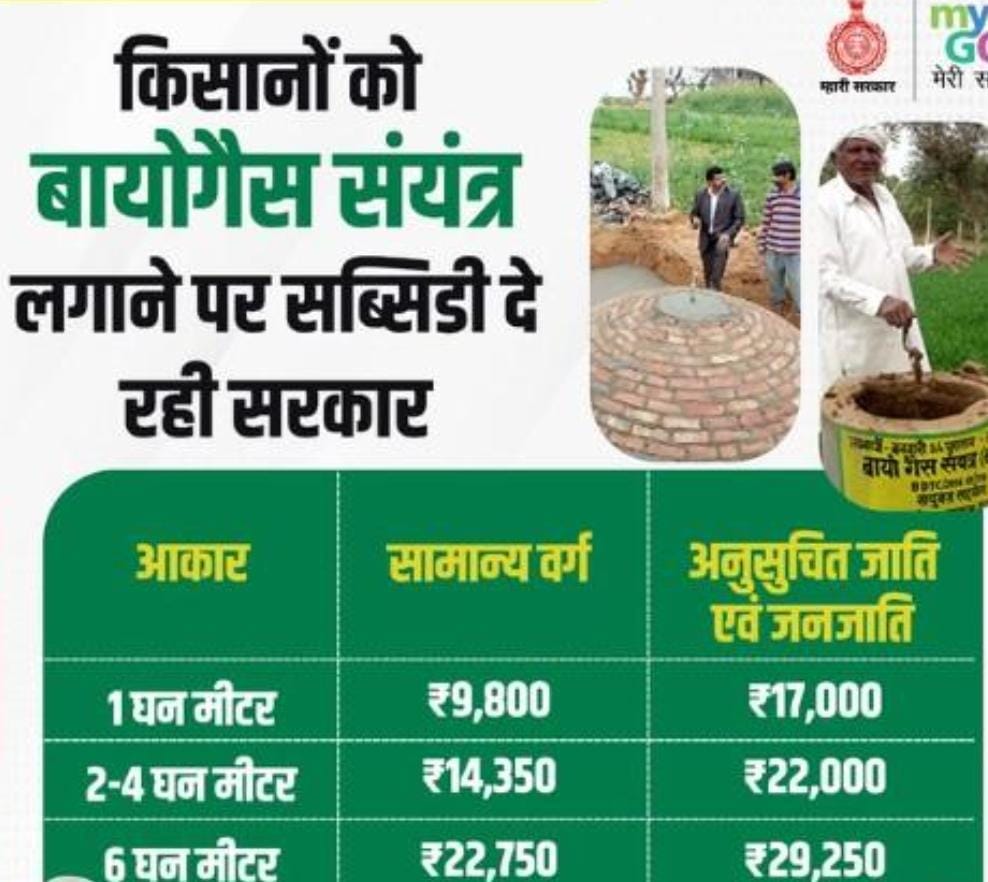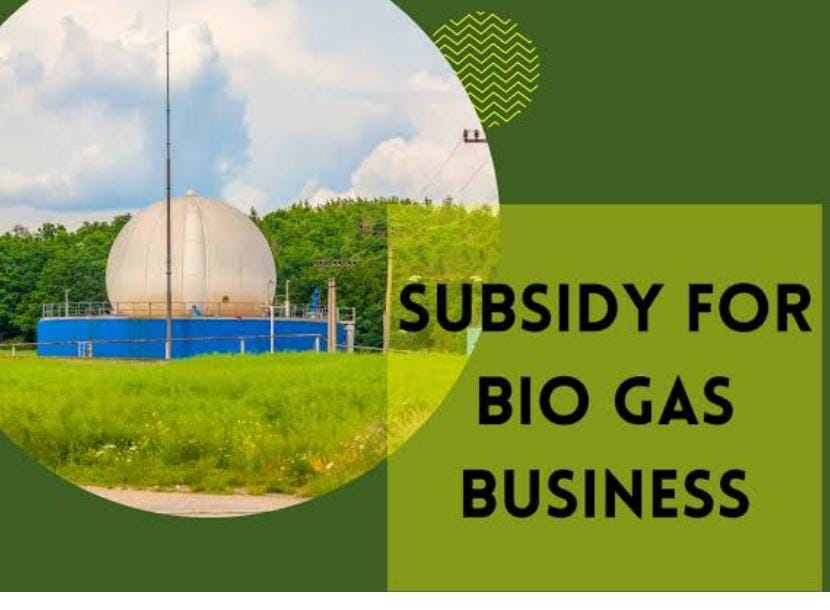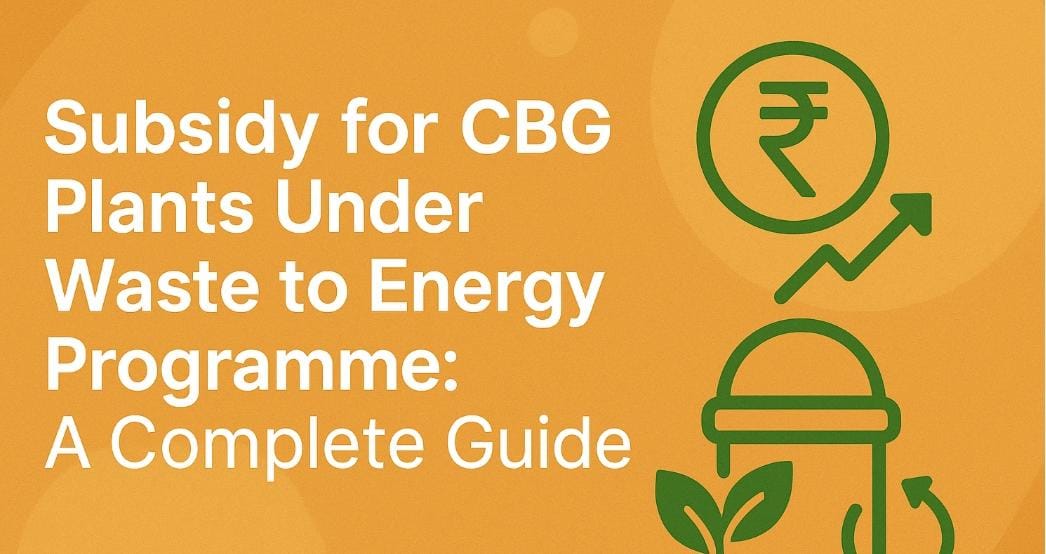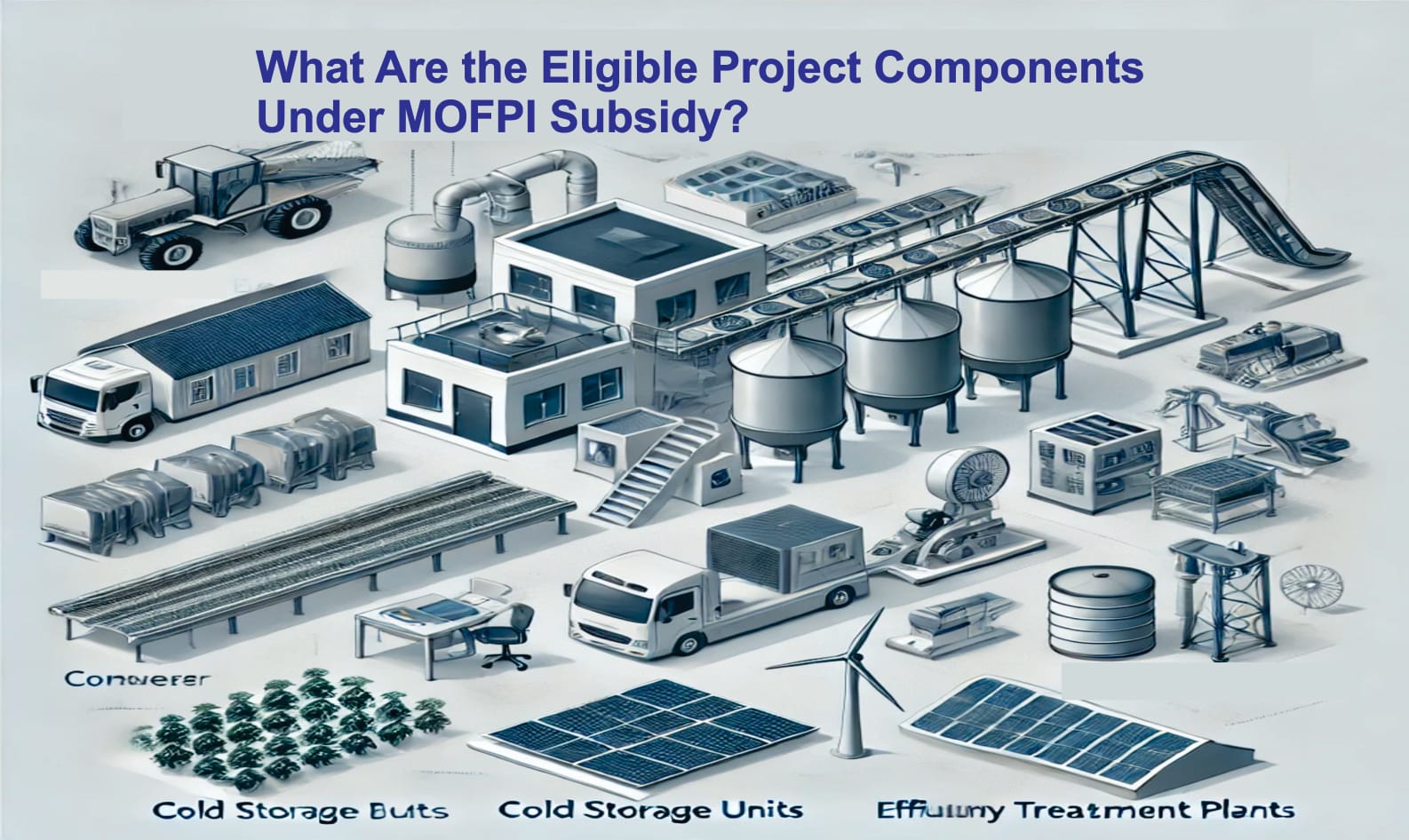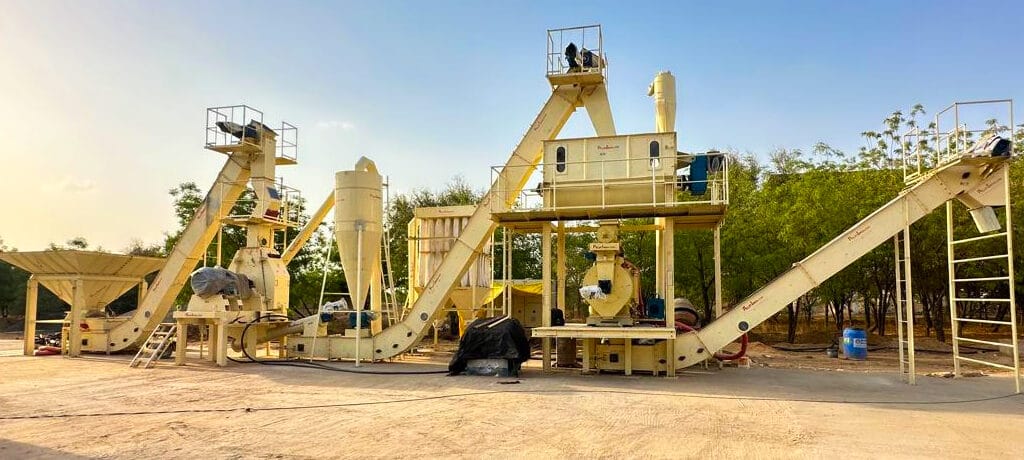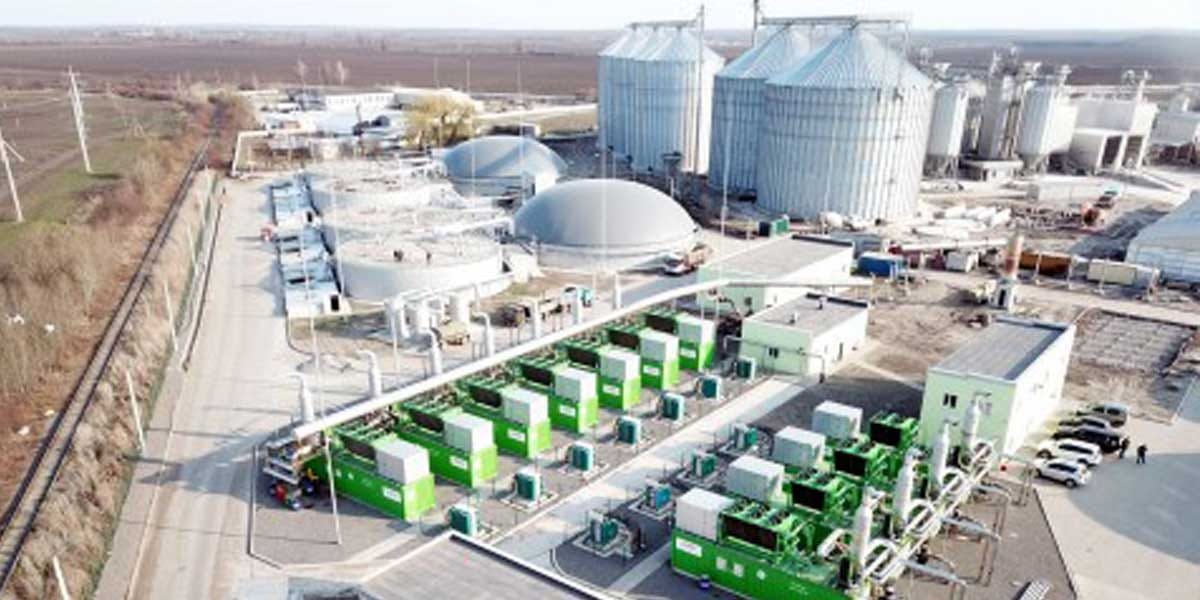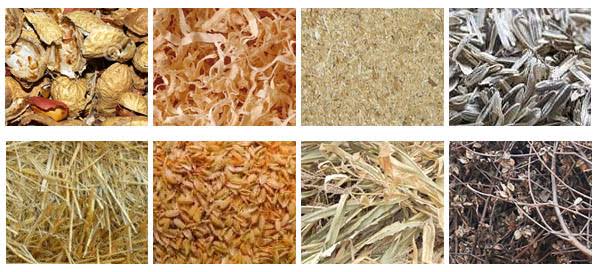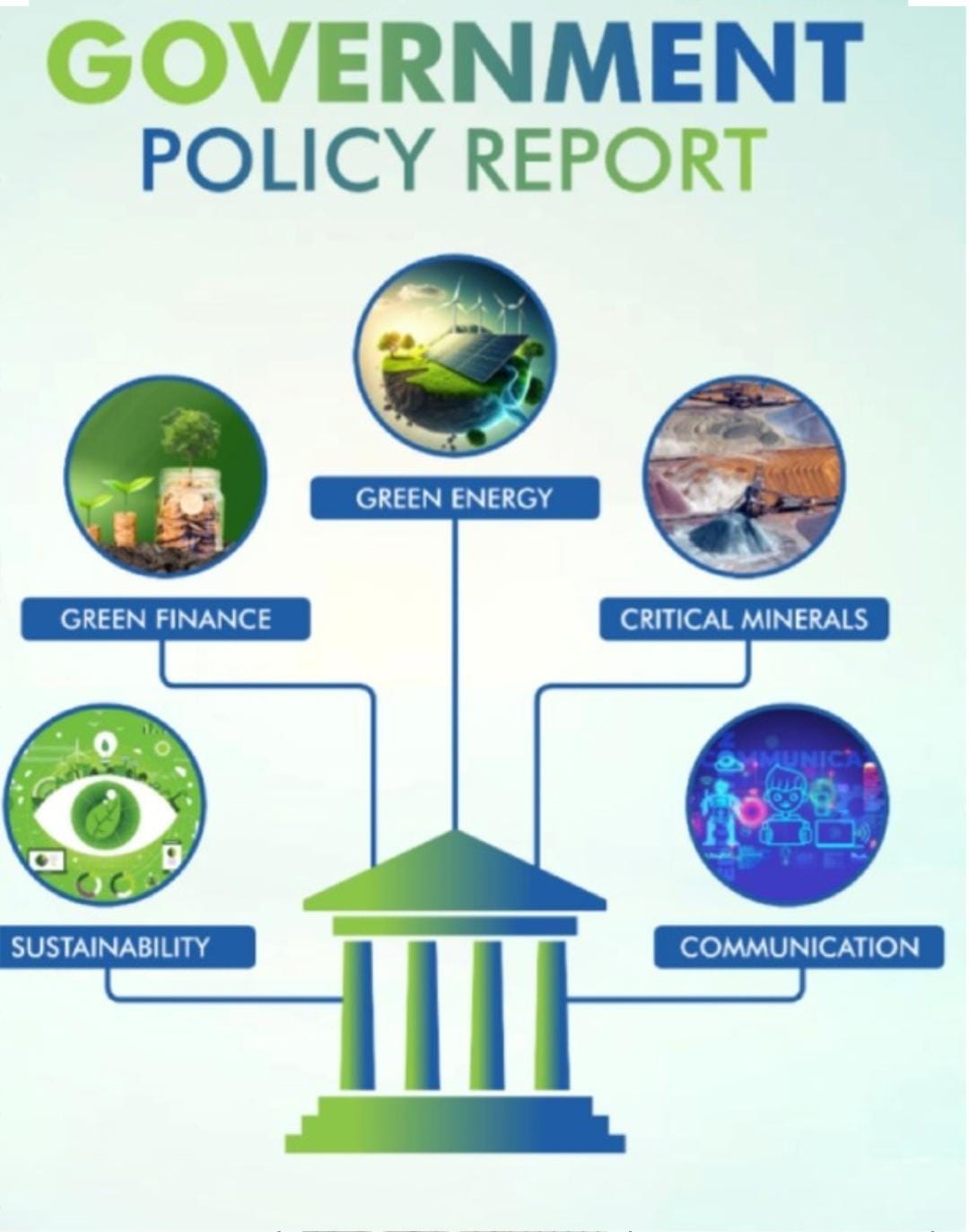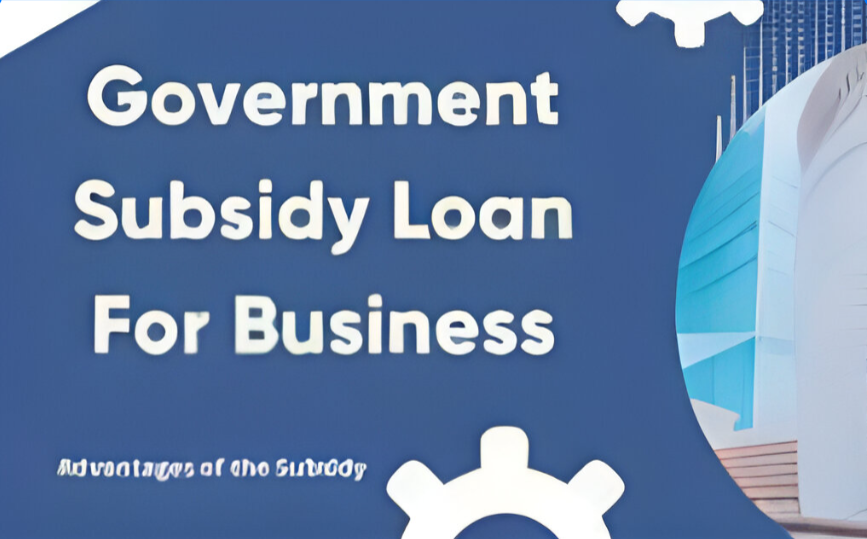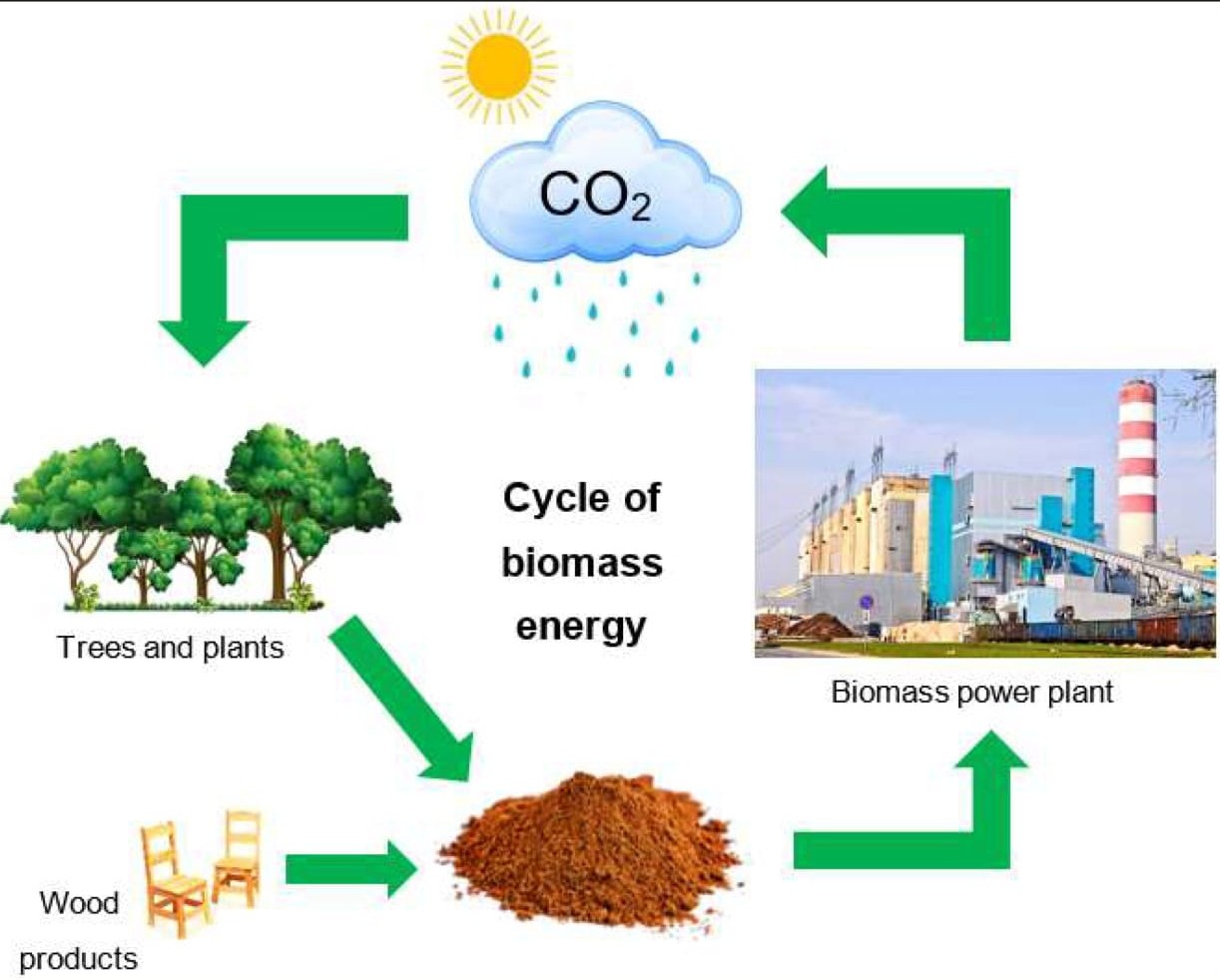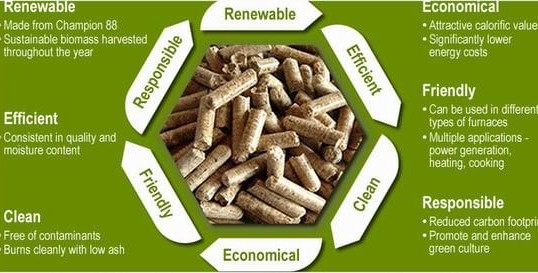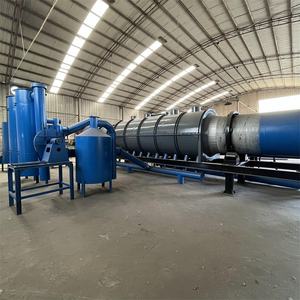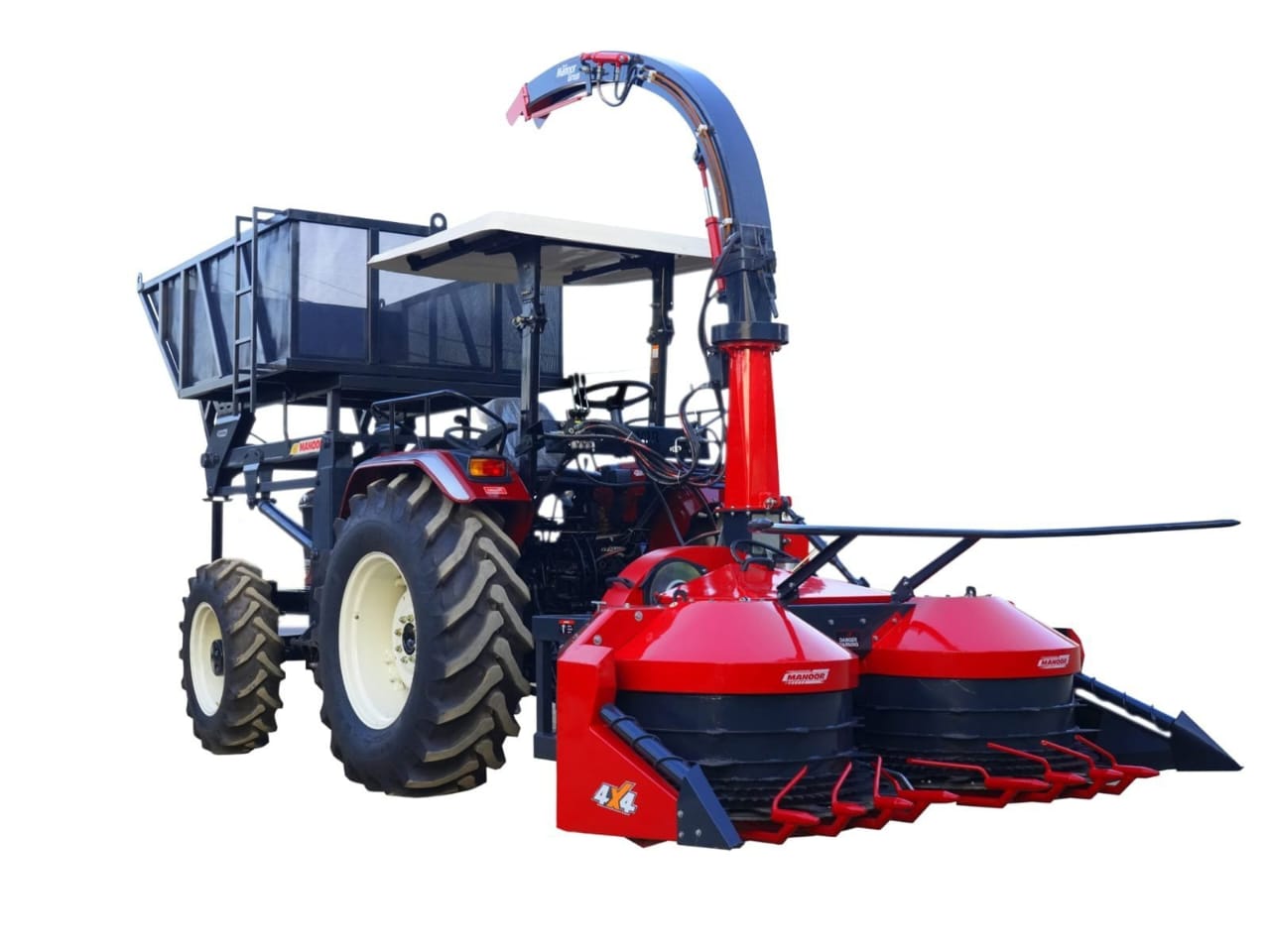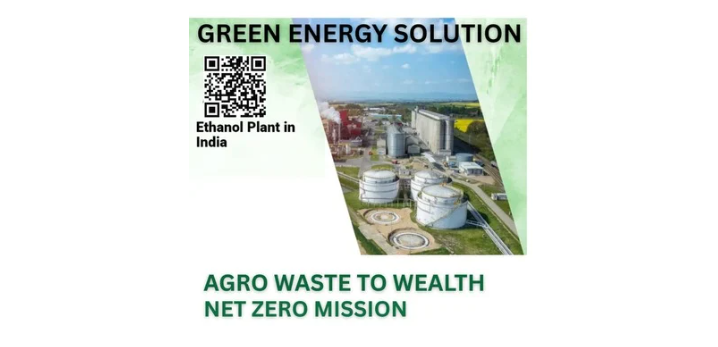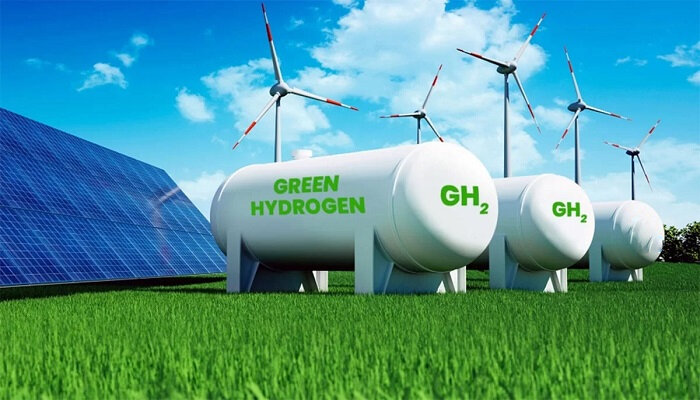Loan & subsidy
Description
Biomass pellet plant through various financial institutions, with the Ministry of New and Renewable Energy (MNRE) providing a Central Financial Assistance (CFA) subsidy. For non-torrefied pellets, the subsidy is up to ₹21 lakh per MTPH (max ₹1.05 crore), and for torrefied pellets, it is up to ₹42 lakh per MTPH (max ₹2.10 crore). You can also explore options from NABARD, state-level schemes, and PMEGP for smaller projects.
Loan options
Financial Institutions: Banks like SBI, IREDA, and Indian Bank offer loans for biomass pellet plants. IREDA provides loans starting from ₹50 lakh with repayment periods of up to six years plus a 12-month moratorium.
NABARD: Provides soft loans and grants, especially for rural projects.
Other institutions: Other lenders include SIDBI and CGTMSE.
Loan requirements: Some institutions, like IREDA and SBI, may require firm offtake agreements and a significant promoter equity contribution.
Subsidy schemes
MNRE:
The primary source for central financial assistance.
Non-torrefied pellets: Up to ₹21 lakh per MTPH, with a maximum subsidy of ₹1.05 crore or 30% of the plant and machinery cost, whichever is lower.
Torrefied pellets: Up to ₹42 lakh per MTPH, with a maximum subsidy of ₹2.10 crore or 30% of the plant and machinery cost, whichever is lower.
Traditional briquettes: ₹9 lakh per MTPH, with a maximum subsidy of ₹45 lakh.
State-level schemes:
Some states, such as Punjab, Haryana, Maharashtra, and Uttar Pradesh, offer additional subsidies for agro-waste pellet plants.
PMEGP:
The Prime Minister's Employment Generation Programme is an option for smaller projects (up to 2 tons or ₹50 lakh) and can provide a capital subsidy of up to 35%.
How to apply for the subsidy
1. Avail a loan:
You must secure a term loan from a bank or financial institution, as the loan amount must be equal to or greater than the eligible CFA.
2. Apply through the BioURJA portal:
Submit your application through the BioURJA portal for examination by the implementation agency.
3. Receive approval:
After the Ministry's approval, the financial assistance will be provided through the lending bank/financial institution to offset the loan amount.
Other considerations
Project cost:
The subsidy amount is based on the lower of the maximum eligible subsidy or 30% of the project's cost.
Raw materials:
Only agro-residues like crop residue, forest waste, and wood chips are permitted for the projects receiving the subsidy.
